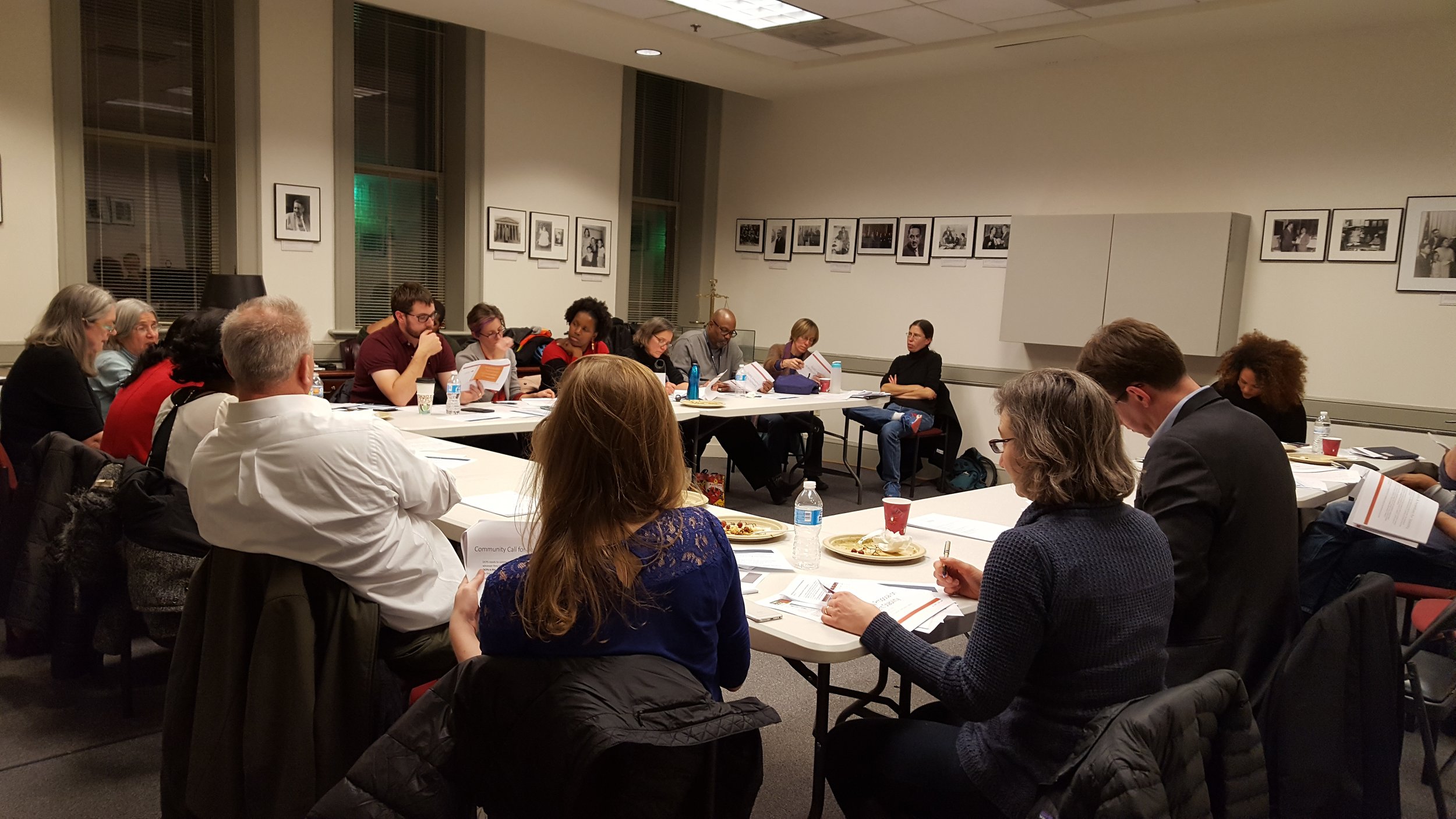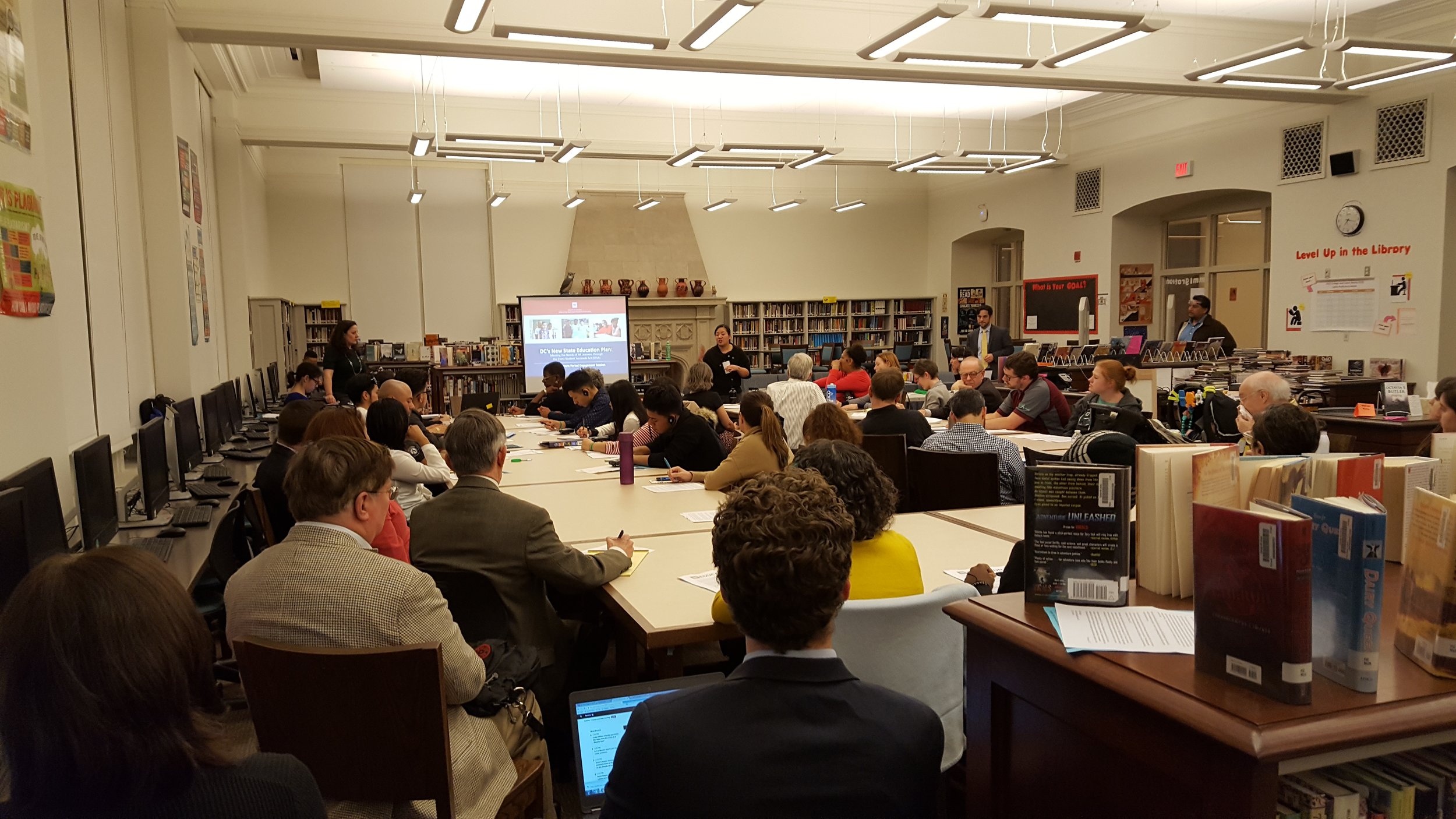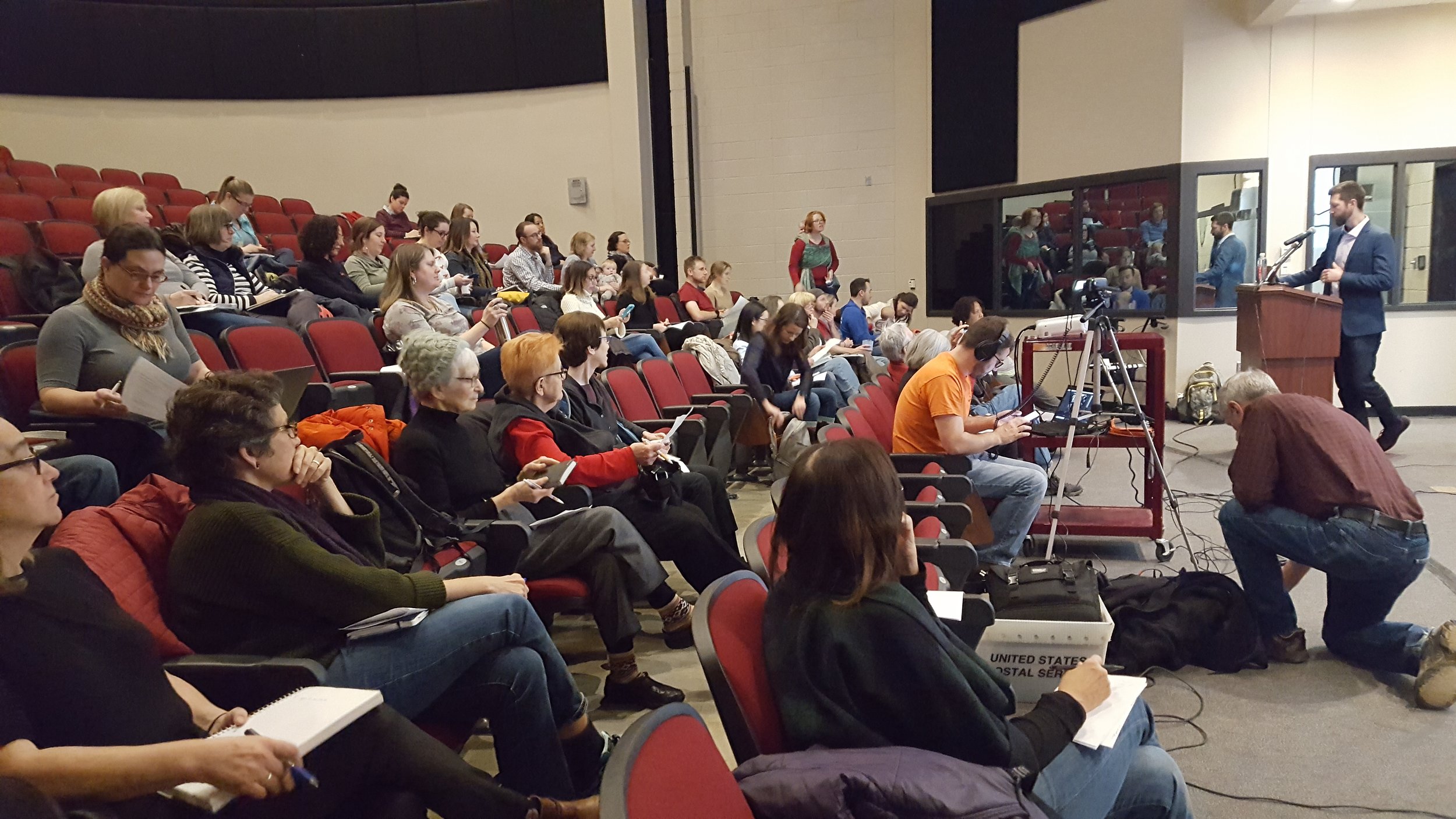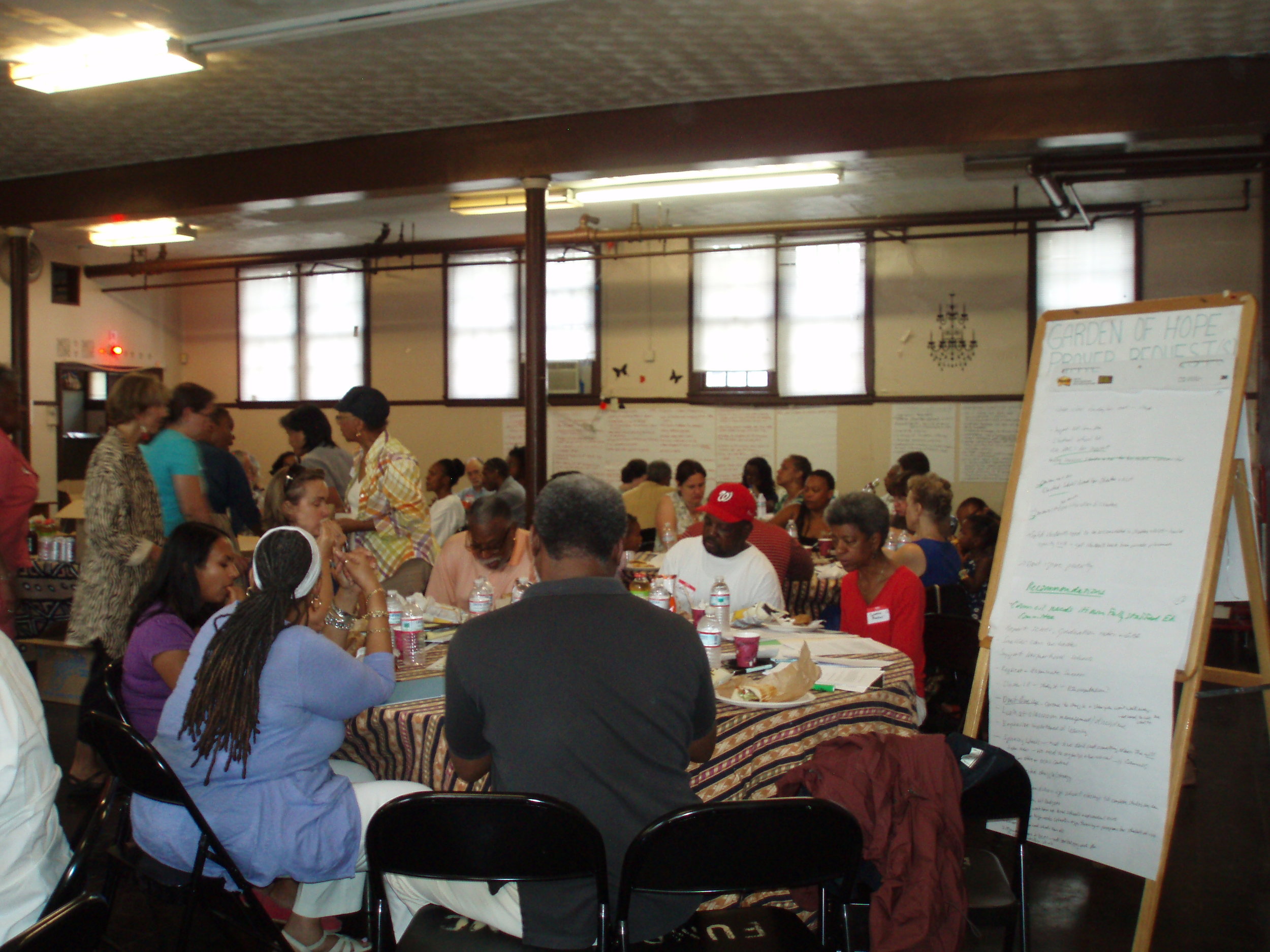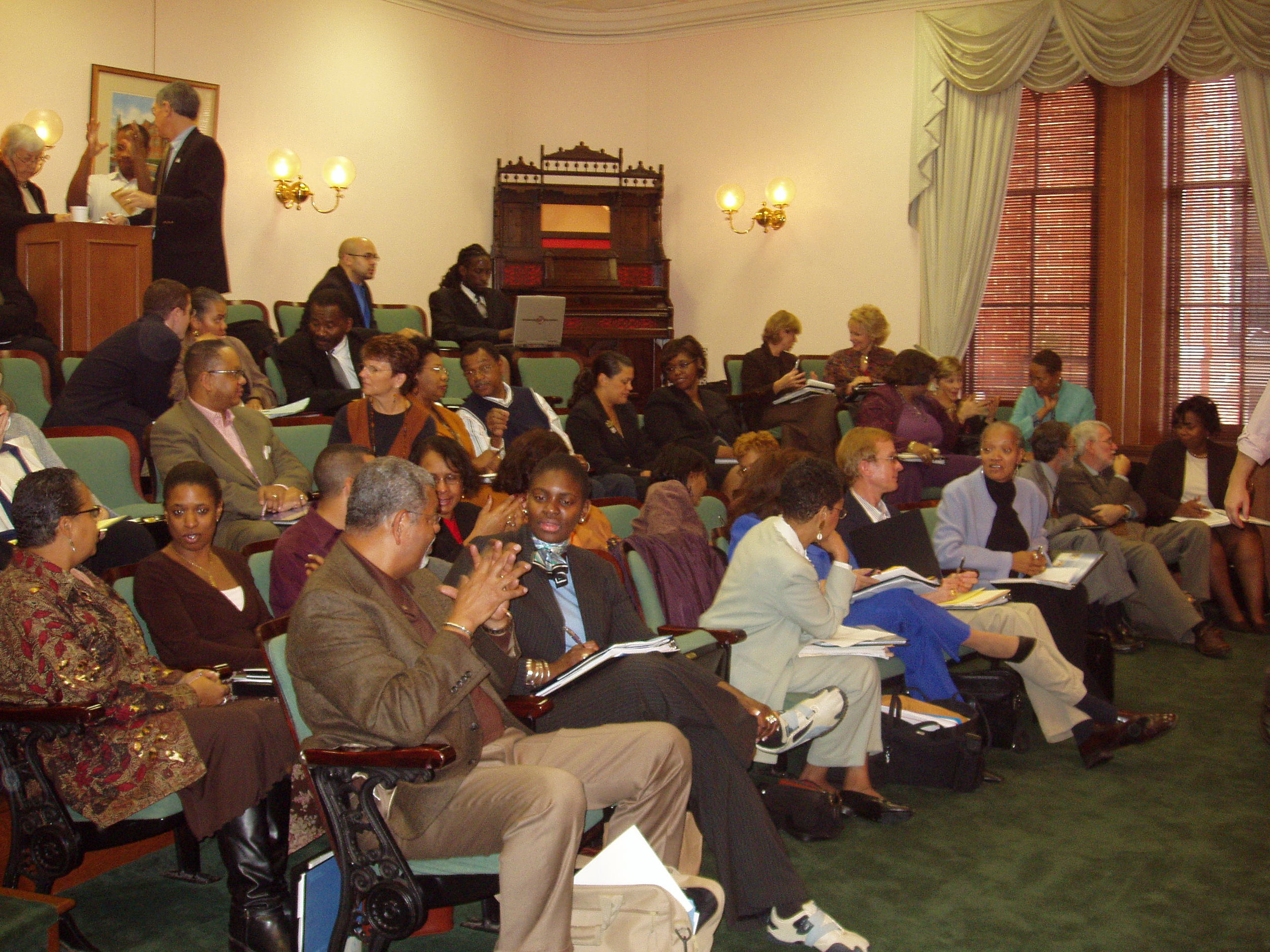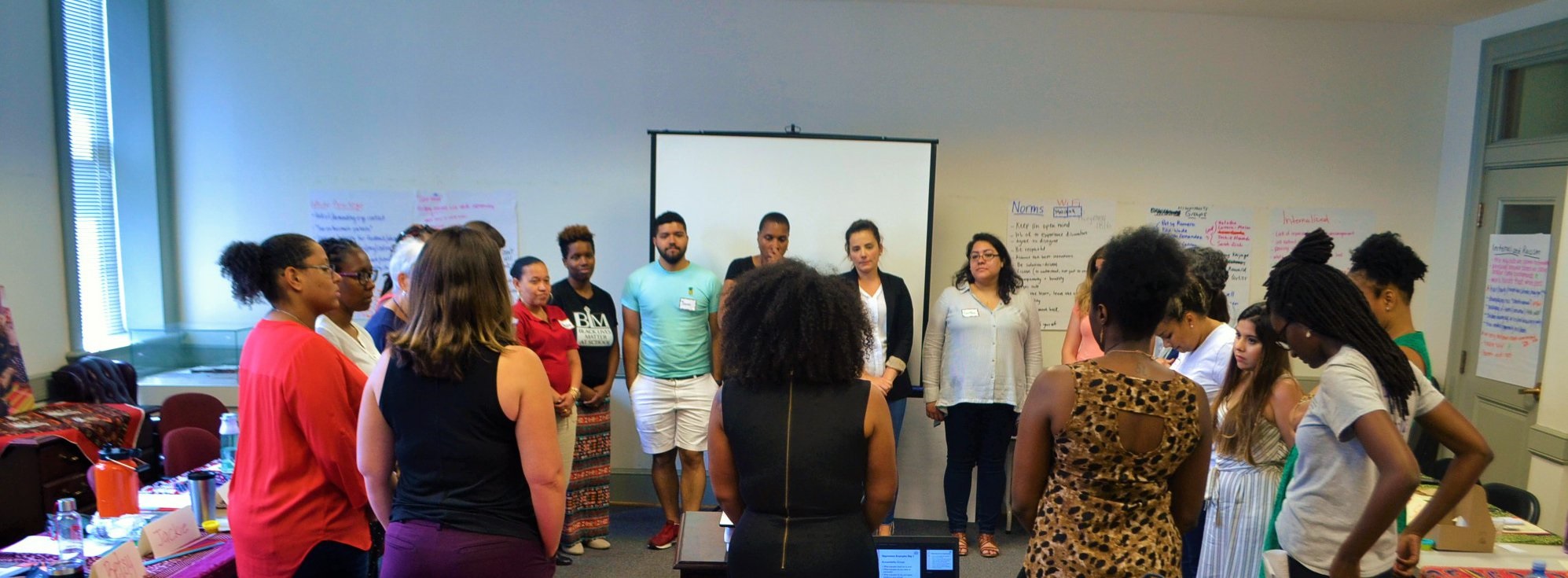Jablow Testimony- Ward 3 Expansion
/I am Valerie Jablow, and as a DCPS parent for the last 17 years, I appreciate any hearing to address the >$100 million allocated to expand Ward 3 schools.
Specifically, in addition to expanding Stoddert, that capital investment includes the purchase and renovation of the former GDS building for a new Ward 3 high school (with half its seats out of bounds) and planning for a new Foxhall Elementary—all of which appears to have been planned and/or executed outside the law governing DCPS modernizations (PACE Act).
This capital investment is fiscally disastrous—and this resolution and DCPS’s testimony promulgate misinformation about it.[i]
For one, in the wake of increasing school seats, DC’s births and kindergarten enrollment have decreased since 2016, with 2021 births the lowest since 2006:[ii]
Copyright Office of the Deputy Mayor for Education 2022
Just in the last 3 years, the number of elementary students in Jackson-Reed feeder schools have decreased by more than 300:[iii
Yet while ignoring all of this, the resolution bases its analysis on inaccurate 2016 population projections. For instance, the planning office’s low value (724,303) was too high (and a 4.8% overestimation), while its high value (731,233) was more than 41,000 higher than the actual census number.
These downward trends in enrollment and births started before the pandemic. Some of us even warned you about them years ago. Now, even the deputy mayor for education (DME) acknowledges the decreases in both births as well as enrollment (see here and here).
For another, Stoddert elementary’s enrollment has historically been below its current total capacity (489)—even with 84% in bounds enrollment. DCPS’s proposed increase in Stoddert’s capacity (523) is not only well above its enrollment in SY21-22 (445) as well as the two school years before that (494, SY19-20; 428, SY20-21), but likely well above any future enrollment given the decrease in enrollment and births citywide.
And because the entire Jackson-Reed feeder shed mirrors Stoddert’s enrollment and capacity numbers, little if no additional capacity in Ward 3 is warranted.
For instance, in SY21-22 no school in the Jackson-Reed feeder shed had 100% enrollment from only in-bound students. The highest was at Janney (93%) with a low (30%) at Hyde-Adison. Jackson-Reed itself enrolled over 37% of its students out of boundary in SY21-22.
That means that Jackson-Reed’s 766 out-of-bound students that year constituted more than the total enrollment of all but 3 DCPS high schools (Columbia Heights, Roosevelt, Eastern) and one charter high school (KIPP College Prep).
At the same time, Jackson-Reed feeder elementary schools had 1,243 students from out of bounds—several elementaries’ worth. The DME has often spoken of “unintentionally small” schools amid concerns over their fiscal sustainability within DCPS. Yet the sheer numbers of out of bounds elementary students in the Jackson-Reed feeder shed could FILL 3-4 DCPS elementaries without any concern over those schools being too small!
This is one of the reasons why DCPS schools—particularly east of the Anacostia—are losing population. In fact, the DME right now has enough data to justify many closures there.
This is happening at the same time that capacities in the Jackson-Reed feed shed are not exceeded. For instance, only two schools (Jackson-Reed and Oyster-Adams) exceeded 100% of their capacity in SY21-22.
Looking at only in boundary students, however, only 1 school (Lafayette) exceeded 85% of its capacity, the nominal definition of fully utilized.[iv]
Thus, any overcrowding in Ward 3 schools, however it is defined, is not due to in-bounds students.
Yet Chancellor Ferebee testified to this body that expanding capacity in Ward 3--in lieu of redoing boundaries, feeders, and out of bounds slots for $0--was to ensure “diversity.”
So let us consider some prices of this plan:
--Right now, some neighborhoods in DC have NO school of right. That is due to closures from low enrollments. Here’s a partial list: River Terrace, Kenilworth, Fort Lincoln, Rosedale, Woodridge.
What do you think will happen now by increasing capacity with a not-growing student population, 35,000 unfilled seats, and a charter growth ceiling of infinity? The DME right now has data to support closures outside Ward 3 and appears poised to do so but for the optics of this expansion.[v]
--The resolution expresses concern for current Stoddert students having to commute to a new Foxhall school, yet shows no concern for horrible commutes elsewhere caused by school closures in the last two decades.
Consider that if you live on the 3300 block of Baker St. NE, in River Terrace (which once had its own elementary), your in boundary elementary is Thomas, at 650 Anacostia Ave. NE. That school is separated from your house by an EIGHT lane, high-speed commuter road (Benning Road), a large Pepco plant on one side, and the Kenilworth Avenue expressway on another. The shortest walking route per google maps is 25 minutes one way, part of which is along high-speed Benning Road, which lacks substantial (or in some places, any) pedestrian protections.
Or consider if you live in the 3800 block of 25th Place NE in Woodridge. Your in boundary elementary is Burroughs—which is per google maps a 14-minute one-way walk outside your neighborhood across the 4 lane, high speed commuter byway South Dakota Avenue. (And no, they have no flags to wave to get drivers to slow down like they have had up in Ward 3.)
To be sure, that’s all much better than the situation for kids in Fort Lincoln, whose elementary school doesn’t even exist anymore. If you live in the 3600 block of Jamison Street NE, for instance, your in bounds elementary is Langdon, which is either a 38-minute walk per google maps along Bladensburg Road (6 lane commuter byway) or a 43-minute walk along Rhode Island Avenue (another 6 lane commuter byway). All one way.
And that’s not even counting existing school zones with odd geographic bifurcations, like Garfield elementary (Suitland Parkway—another commuter byway!) and Langdon elementary (railway), which students must negotiate every day to avail themselves of the seats they have a right to.
--The resolution expresses concern for course limitations at Jackson-Reed as a result of space constraints without noting that very few DCPS high schools offer all the foreign languages and math classes that Jackson-Reed does. That’s not because of space constraints, but because of course limitations that NO ONE appears concerned with.
I can attest that at no time in my tenure as a DCPS parent did DCPS ever engage with me, the schools my children attended, or the wards those schools are in, like they have with this Ward 3 expansion effort.
Perhaps the decoupling of this plan from demographic facts, fiscal sense, and equity arises from a sincere belief that Ward 3 schools should not be denied to those outside Ward 3—or that this is a way to strengthen DCPS.
If that is indeed true, then why are we not expanding Ward 3 schools to accommodate ALL DC students, not just those who get lucky on the lottery or have the means to commute (which is, like it or not, an issue of equity)?
The ugly unspoken reality in this expansion plan is that it was construed first and foremost as a benefit to Ward 3 by way of students attending Ward 3 schools out of bounds.
Even if one accepts the proposition that the subset of DC students who 1. apply in the lottery for a Ward 3 out of bounds seat; 2. get a lottery slot; 3. accept the lottery slot; and 4. have reliable transportation to get to Ward 3 schools (all of which is the very definition of chance) are getting something better than they would otherwise, what about the REST of DC’s students? Do they not count?
Overwhelmingly those students are not only Black, but also poor and attend schools of right whose facilities are more than likely to not have been touched by any renovation and whose programming is more than likely to have been cut or unpleasantly altered because of budget shortfalls.
This reality has been for too long attributed to school choice.
The only “choice” here, however, is that of city leaders looking the other way as vast inequities have been promulgated in the name of “choice.”
Think about it this way:
If a family in bounds for, say, Moten, chooses it, what is DC doing to support that choice? What is DC doing to support the choice of families at Sousa? Kramer?
Or are those families just choosing the wrong schools? All of those schools may be up for closure or co-location by the end of 2022.
More to the point:
If diversity is the goal in a city with notably not diverse schools, why not randomly assign then bus the numerically smallest demographic group--White students? Or just put the names of all our students in a hat, assign them randomly, make all schools follow the same rules, institute bussing, and call it a day?
If any of these proposals are funny or distasteful to you, you just identified the problem with this plan:
Right now, DCPS schools outside Ward 3 face severe problems that TRULY deny opportunity, including programming cuts, delayed modernizations, and enrollment loss and closure. That $100 MILLION being spent to increase capacity needlessly could be deployed outside Ward 3 to
--renovate schools;
--stop proliferation;
--support and increase programming;
--ensure diversity; and
--decrease dangerous commutes.
You can change the course of this right now. Re
[i] Among the misrepresentations is the resolution’s citation of 29 schools in the Jackson-Reed feeder shed. There are literally these 15 schools in it:
Bancroft
Eaton
Hearst
Hyde-Addison
Janney
Key
Lafayette
Mann
Murch
Oyster-Adams
Shepherd
Stoddert
Deal
Hardy
Jackson-Reed
That said, since students attending Jackson-Reed live in bounds to all eight DCPS boundary-defined high schools, one could state that the Jackson-Reed feeder shed is functionally the entire city! As it is, the current Jackson-Reed physical boundary comprises about 40% of the entire land mass of DC.
Unfortunately, this expansion of Ward 3 school capacity precludes any discussion of new boundaries for Ward 3 schools, because once this extra capacity is built, no one will want to undo the feeders into it.
That will then ensure that the ONLY boundary discussion that will take place elsewhere is to accommodate the closures that will result from the depopulation of existing schools.
(NB: As a matter of editing, I used “Ward 3” to stand in for this expansion of capacity west of Rock Creek Park, as the expansion is mainly geared toward people who in fact live in Ward 3, even if the proposed Foxhall school itself is not in Ward 3.)
[ii] The first table here is from a presentation by Jennifer Comey in the DME’s office for C4DC on March 14, 2022, available here: https://educationdc.files.wordpress.com/2022/03/citywide-needs-analysis-march-14-2022.pdf
Sources of numbers in the second table are from CDC reports, including these for the last 3 years:
2019: https://www.cdc.gov/nchs/data/nvsr/nvsr70/nvsr70-02-508.pdf
2020: https://www.cdc.gov/nchs/data/nvsr/nvsr70/nvsr70-17.pdf
2021: https://www.cdc.gov/nchs/data/vsrr/vsrr020.pdf
[iii] Audited enrollment data in this table is from here: osse.dc.gov/enrollment
Boundary enrollment data is from here: dme.dc.gov/page/sy2021-22-public-school-enrollments-dcps-boundary
Capacity numbers are from DME EdScape Chapter 3, Public School Facilities, available here: https://edscape.dc.gov/node/1363696
[iv] This is another area where the resolution and DCPS testimony both promulgate misinformation.
Consider that in SY21-22 Stoddert’s utilization was 91%, which included portables.
But the resolution says Stoddert’s utilization that year was 146%, based ONLY on its permanent capacity (i.e., the primary building).
Stoddert’s total capacity (including portables) in SY21-22 was for 489 students, of which 339 was the capacity of the building itself, with portables accommodating another 150 students.
That year, 71 Stoddert students (about 16%) were from out of bounds, which meant that of the school’s audited enrollment of 445, 374 students were in bounds and had a right to attend it.
If we just look at these students Stoddert had a legal obligation to accommodate, the school’s utilization would have been 77%, below the 85% threshold for full utilization. And because the permanent structure capacity is 339, the school would have needed portables that year only for an additional 35 students (339 + 35 = 374)—again, provided it enrolled only those students it had a legal obligation to accommodate.
So here’s the question:
With a decreasing student population, why build a large addition at Stoddert?
There is no legal obligation or need to fill seats at the school with out of bounds students. The proffering of those out of bounds seats is a CHOICE of Ward 3 schools that NO ONE in DC outside of those schools has any choice about.
[v] The 35,000 unfilled seats is an updated number from the DME’s publication here: https://edscape.dc.gov/page/facilities-unfilled-seats
The charter board is allowed to approve up to 10 NEW charter schools every year—but there are no such limits on expansion of existing schools, hence a ceiling of infinity.
If what is happening now in DC schools remains unchecked by policymakers, eventually charters will overtake DCPS everywhere except Ward 3—which for all I know may be the mayor’s plan, which would enable lots of DCPS school buildings to be used for charters. As it is, charter seats and schools outnumber DCPS seats right now in Ward 5 and are not far behind in wards 7 and 8.
It is VITAL for you to understand that what this is NOT school choice or the choice of DC taxpayers, most of whom have wanted a strong system of by right, municipally operated public schools.
Rather, this is the choice of DC policymakers and charter operators and lobbyists.

